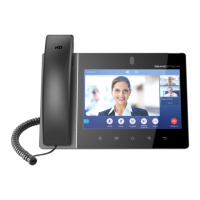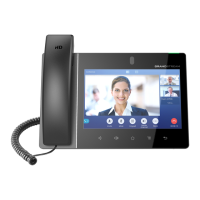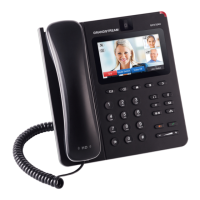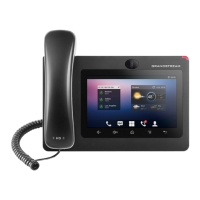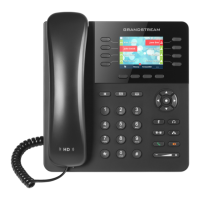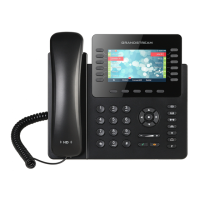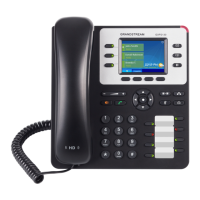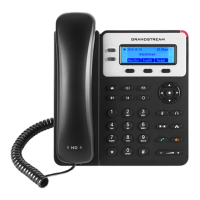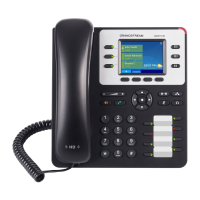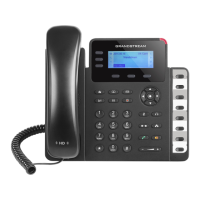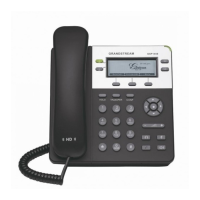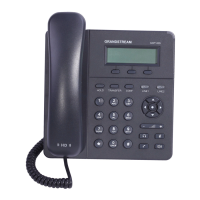• Local SIP port when using UDP/TCP:
Starting from 5060 for account 1, the port numbers increase by 2 for account x. For example, 5062 is
the default local SIP port for account 2, 5064 for account 3, etc. The local SIP port can be configured
under Account→SIP Settings for each SIP account.
• Local SIP port when using TLS:
The SIP TLS port is the UDP SIP port plus 1. For example, if account 1’s SIP port is 5060, its TLS port
would be 5061.
• Local RTP port:
The default port value is 50040. Below is the range the GXV3370 uses for different RTP from web UI
→ Phone Settings → General Settings. (N is from 0 to 15, representing SIP account 1 to 16).
Audio RTP port: Port_Value+10*N
Audio RTCP port: Port_Value+10*N+1
Video RTP port: Port_Value+10*N+2
Video RTCP port: Port_Value+10*N+3
FEC RTP port: Port_Value+10*N+4
FEC RTCP port: Port_Value+10*N+5
BFCP Protocol port: Port_Value+10*N+6
BFCP RTP port: Port_Value+10*N+8
BFCP RTCP port: Port_Value+10*N+9
Anonymous/Unsolicited Calls Protection
If the user would like to have anonymous calls blocked, please go to GXV3370 web UI → Account →
Account x → Call Settings and enable option “Intercept Anonymous Calls”. This will automatically block the
SIP call if the caller ID is anonymous.
Figure 11: Settings to Block Anonymous Call
Additionally, the GXV3370 has built-in mechanism that detects and stops the spam SIP calls from ringing
the phones. Please see below web UI → Account → Account x → Advanced Settings. It is recommended
to enable highlighted options to validate incoming SIP requests.
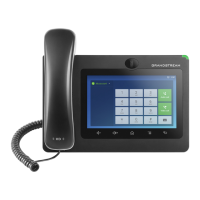
